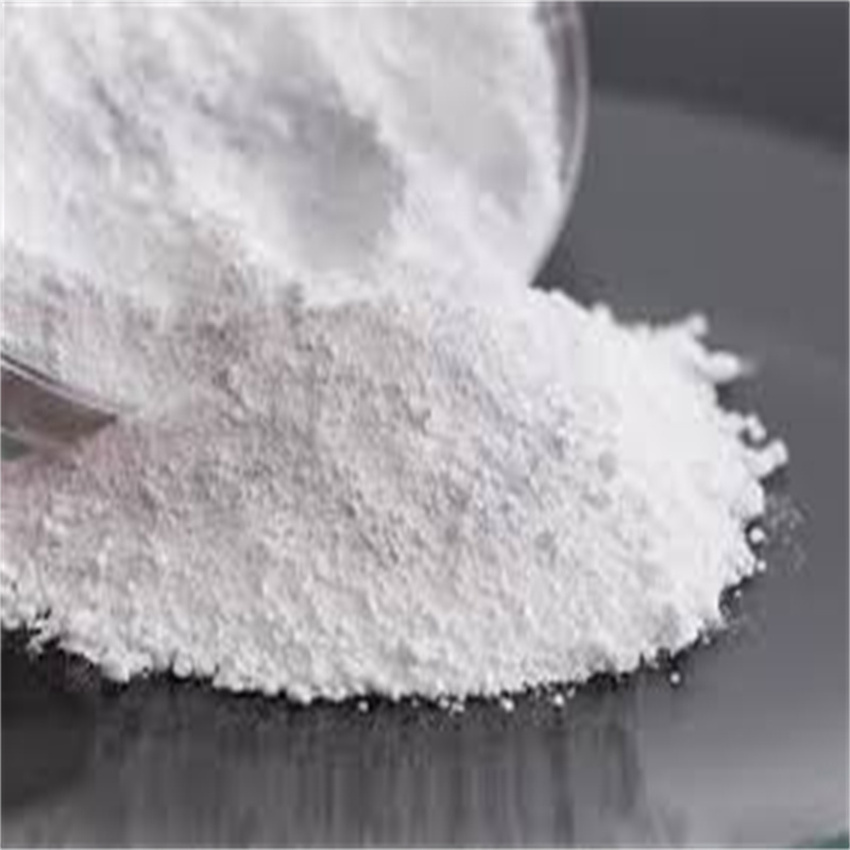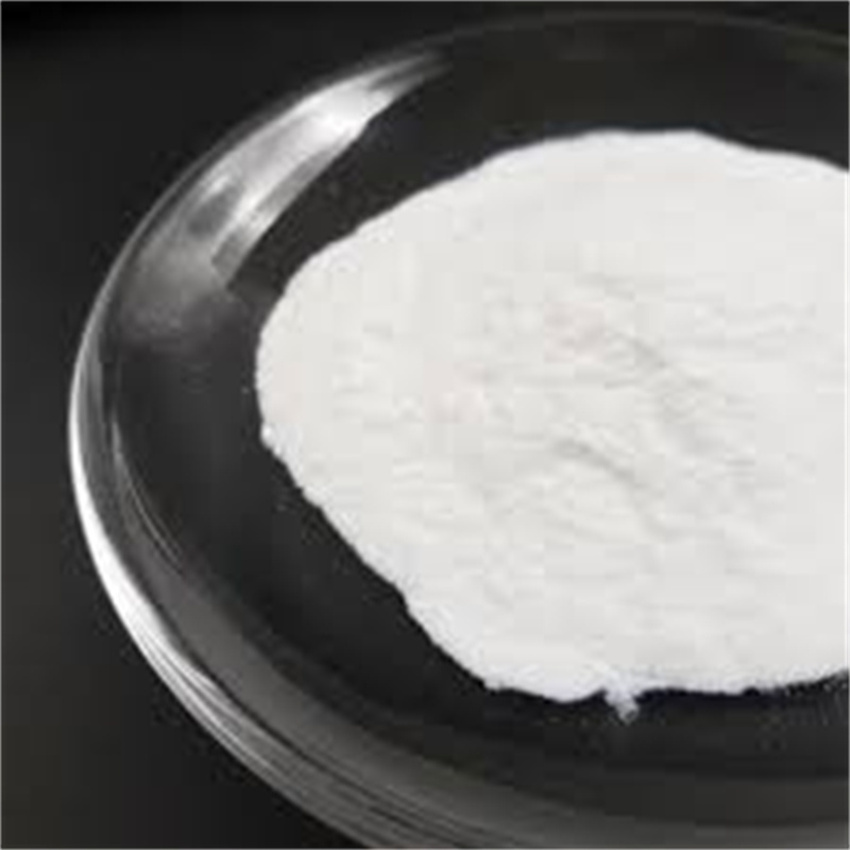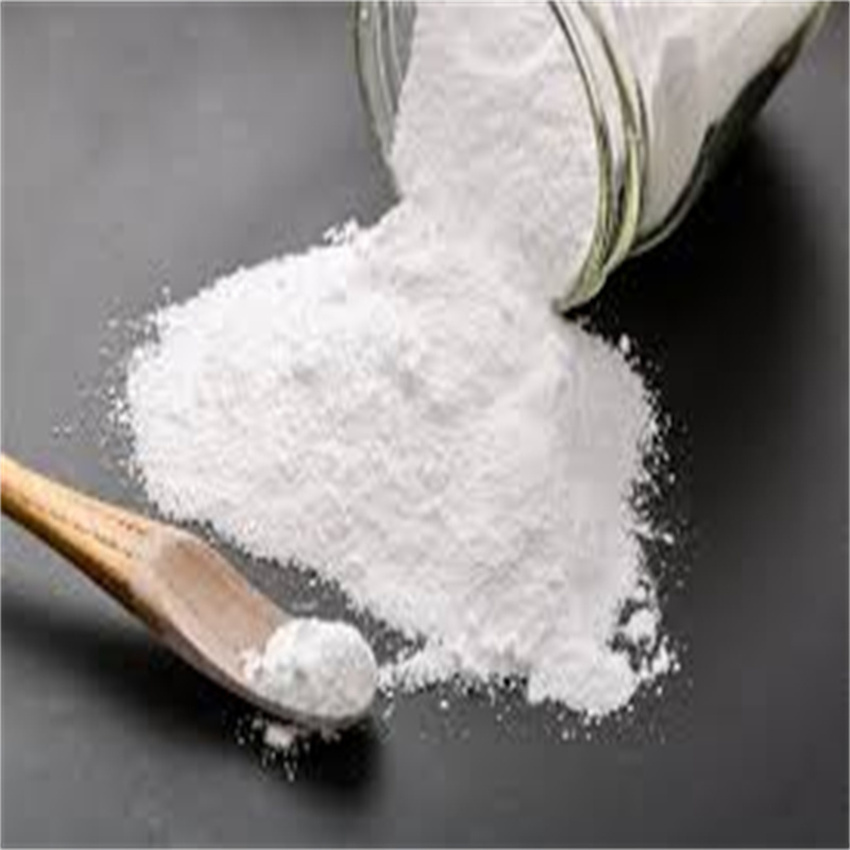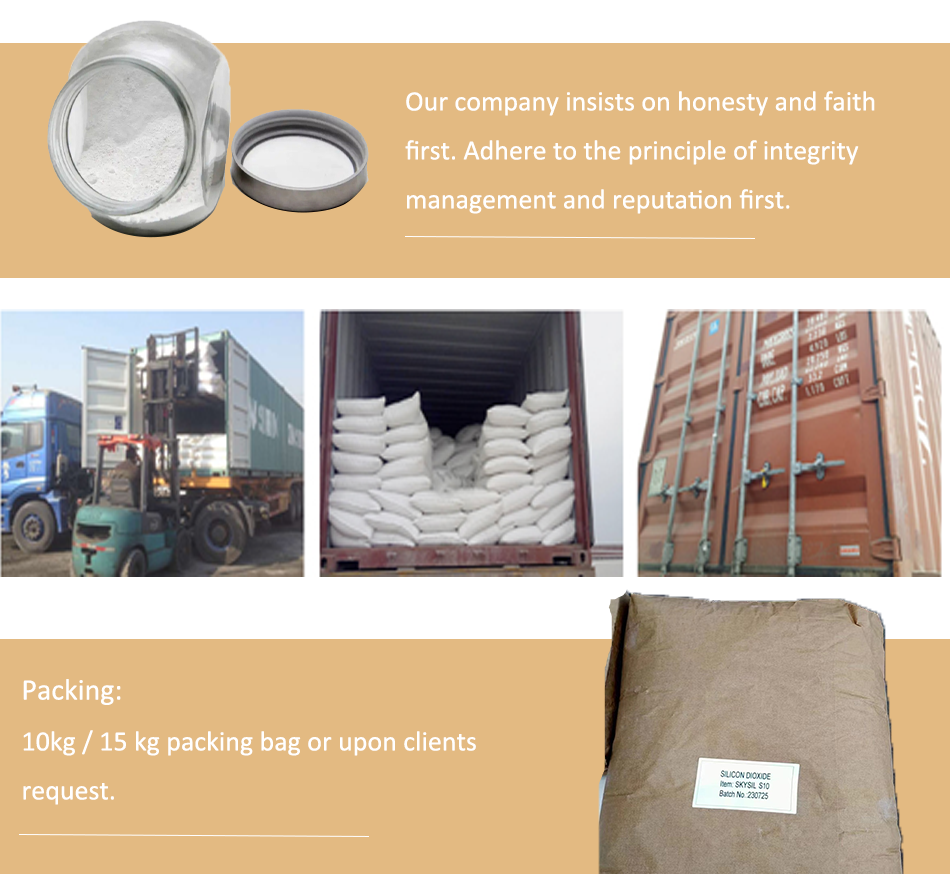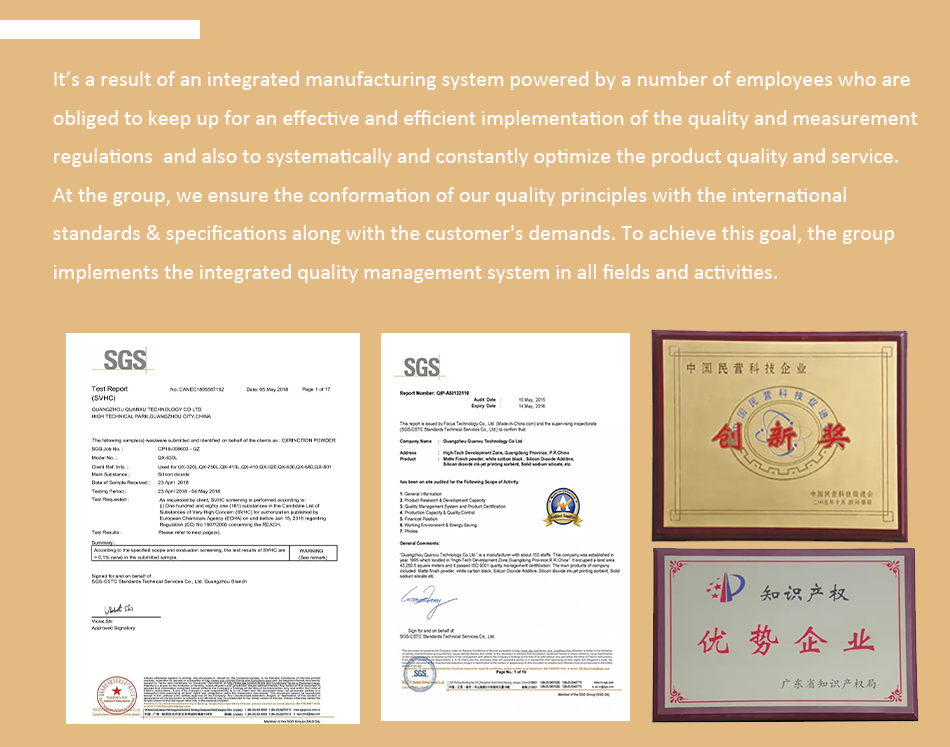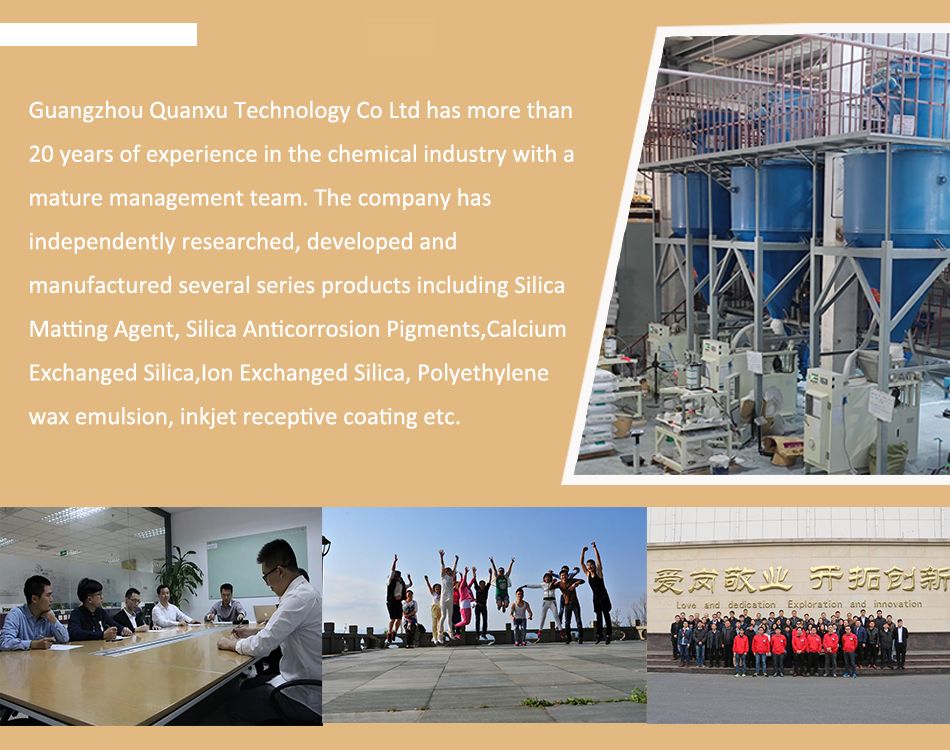What is the difference between matting powder and Matting Agent?
Speaking of matting powder, everyone may know about it and think of another product, that is, matting agent. Both of them can play a role in
eliminating gloss, but they still have certain differences. What is the difference between matting powder and matting agent? Let's learn about it
together.
Matting powder is a kind of easily dispersible chemical powder, which is a kind of coating additive. Common matting powders include precipitated
silica and talcum powder. Matting powder has the characteristics of "direct application" and is easy to use. The raw materials are also easy to obtain.
Matting agent is a matting Resin Material with epoxy groups. It is also a kind of coating additive. Common matting agents include pure polyester matting resin, pure polyester matting agent, organic matting agent, and white carbon black matting agent. The matting agent is dispersed in the coating through
its extremely fine suspended matter. After the coating is formed into a film, these suspended matter will be dispersed on the surface of the coating film,
increasing the roughness of the coating film and playing a role in reducing the reflectivity of the coating film. The main types of matting agents include
metal soaps, waxes, diatomaceous earth, synthetic silica, etc.
The matting mechanism of matting powder is: by adding fillers with matting effect, such as talcum powder, silica and other fillers to reduce the gloss of
the coating film; by adding thermoplastic resins such as cellulose acetate, polypropylene resin, etc. to reduce the gloss of the coating film;
When dispersing matting powder, there are three different methods that can be used:
1. Through the concentration method;
2. Directly disperse during the manufacture of the paint;
3. According to user requirements, it is carried out in the final stage of the paint application so that the matting degree can be easily adjusted. The concentration
method has advantages and disadvantages.
The advantage is that the concentrate is easy to obtain and can be mixed by low-speed stirring of the agitator. The disadvantage is that, first, the concentration
of the matting powder is not high, and secondly, the solvent will evaporate from the surface of the concentrate, resulting in a decrease in the stability of the slurry
matting agent during storage. And it will accumulate to form semi-dry lumps, which are difficult to disperse when added to the paint. Finally, if the paste concentrate
contains resin, it will not be widely used.
An issue to consider when producing coatings is the mixing method commonly used to add matting agents. Soft matting agents can be mixed with low-viscosity
adhesives using a stirrer or dissolver. Most matting agents are easy to disperse. For example, using a ball mill can greatly reduce its particle size and obtain higher
gloss, so the use of higher doses of matting agents can adjust the required matting degree. When adding matting agents to adjust the final matting degree, stirring is
required. The matting agent should also be easy to disperse and the stirring device should be simple. It is necessary to ensure that there is enough space in the
container so that the matting agent can be poured from the top and that the container can be sealed to avoid dust. These are all necessary conditions in production.
The matting mechanism of matting agents is that the matting agent particles are widely dispersed on the surface of the coating film. When ultraviolet light is irradiated on
the rough surface of the coating film, light scattering will be formed. The greater the roughness, the more scattered the light, thus achieving a matte or non-reflective
matting effect.
The metal soap in matting powder is actually a kind of matting agent that people often use. Metal soap is incompatible with the paint ingredients, but can be suspended in
the paint as fine particles, and released on the surface of the coating after film formation. It can be seen here that the effect powder and the matting agent are conceptually
overlapping to a certain extent, and their basic matting principles and basic functions are the same. For example, diatomaceous earth, kaolin, white carbon black, etc. are all
functional matting powders specially used for coating matting. Their working principle is to suspend on the surface of the coating, leaving a rough concave and convex surface
to form scattered light. These factors are also the basic factors of matting agents.


